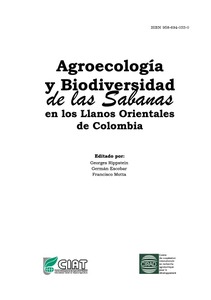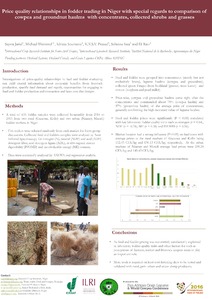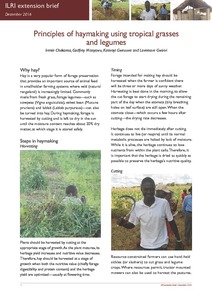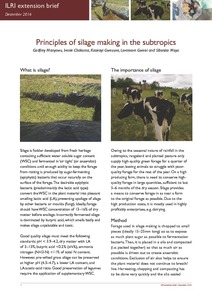Planning climate adaptation in agriculture
This meta-synthesis of national climate change adaptation plans, policies and processes spans twelve countries at various stages of adaptation planning and implementation, in three priority CCAFS regions: West Africa (Burkina Faso, Ghana, Mali, Niger, Se?negal), East Africa (Ethiopia, Kenya, Tanzania, Uganda) and South Asia (Bangladesh, India, Nepal).











